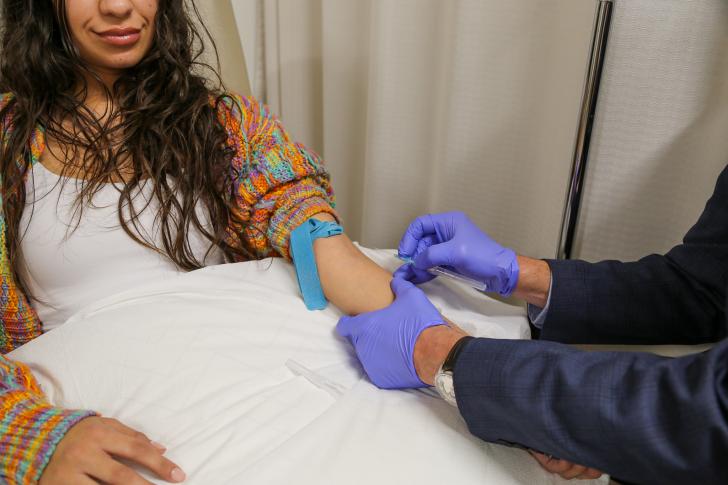Matcha Green Tea: Quality Matters

Published
If you are like me, you might not like coffee, or perhaps you want to find an alternative to coffee for an afternoon pick-me-up. The solution I have found is matcha green tea. You can drink it hot or cold, but blended is my favorite. Before you get hooked like me, there are a few things to consider so you can safely benefit from matcha.
What is Matcha?
Matcha is a powdered form of green tea leaves. The leaves are grown in the shade, causing the plant to produce more chlorophyll, giving matcha a vibrant green color. This bright green tea originates in Japan where it is celebrated in traditional tea ceremonies. Matcha promotes relaxation and social bonding as guests take a sip and pass on the bowl.
What makes matcha unique from other green teas is the way it is made. The entire leaf is ground up into a powder for consumption, while other teas place the leaves in a bag to be discarded after soaking in water. Depending on the quality of the matcha, this may or may not be a good thing.
Potential Health Benefits
The amount of caffeine in one teaspoon of matcha powder is half the amount of caffeine in a cup of brewed coffee. When compared to brewed green tea, Matcha powder has twice the amount of caffeine.
Matcha contains the amino acid, L-theanine, which may have a calming and relaxing effect. In fact, consumers often report experiencing an “alert calmness” due to the combination of caffeine and L-theanine.
Matcha also includes the powerful antioxidant catechin, epigallocatechin gallate (EGCG). EGCG concentrations in matcha are two to three times greater than brewed green tea. EGCG alone may have cancer-fighting properties, although this does require further study.
Potential Concerns
Discovering where your matcha was produced and processed is likely the most important safety concern. When the whole leaf is consumed, the likelihood of lead is a major health concern. Short-term exposure to lead can be linked to anemia, weakness and memory loss, while prolonged exposure may cause high blood pressure, kidney disease and reduced fertility.
Tea leaves grown in certain regions around the world are more vulnerable to lead contamination because of industrial pollution. These contaminants float around in the air and get into the soil. Additionally, tea plantations may sit near roads, increasing the likelihood of these chemicals leaching into the nearby land. How the leaves are processed may also pose health risks. Buying organic may prevent pesticide contamination, but lead contamination is still possible.
Contamination with heavy metals (lead, arsenic, cadmium) and pesticides has not been detected in matcha powder sourced in Japan.
Things to Keep in Mind
• The brighter the green color, the higher the quality.
• The combination of caffeine and L-theanine may result in a calm and alert state.
• It is best to purchase matcha grown in Japan to avoid lead contamination. If there are doubts, do not consume.
By Erin Quinn, Master of Science in Nutrition for Wellness Grad, and Bastyr University faculty Neal Malik, DrPH, MPH, RDN.


